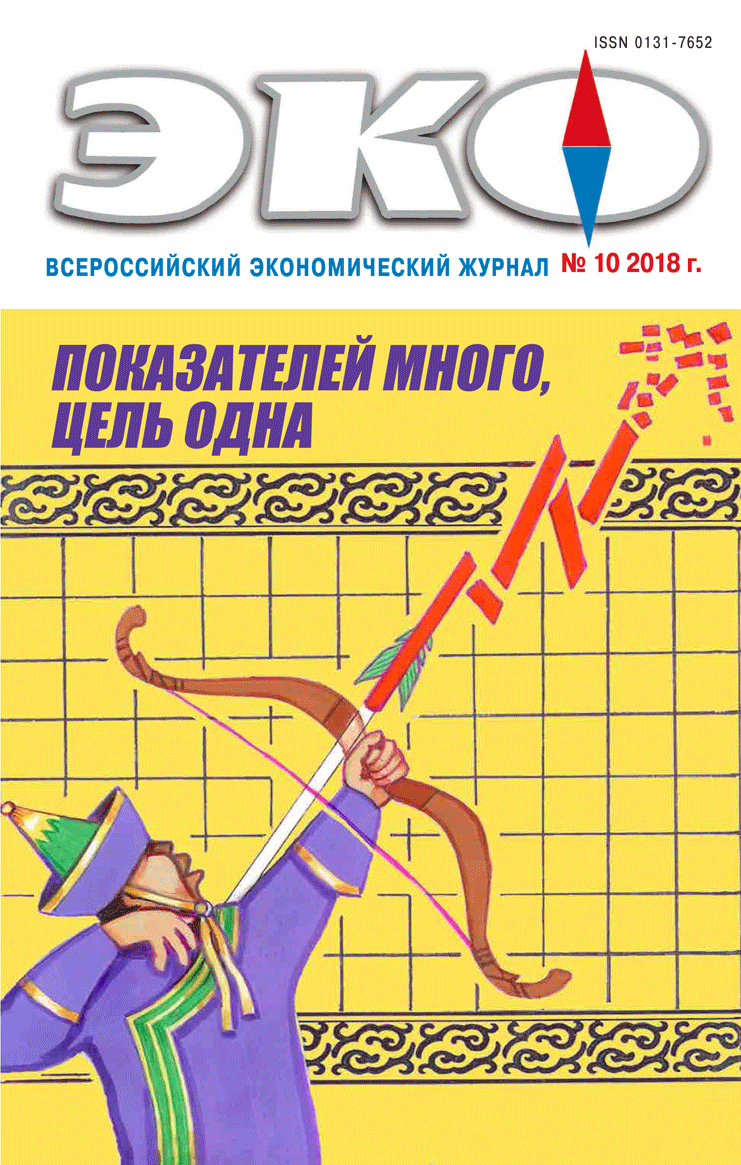ECONOMICS OF ENTERPRISE
Published 2018-10-17
Keywords
- Shadow economy,
- short-lived firm,
- business,
- indicators,
- counteraction
How to Cite
1.
Mihaylova Н, Markov С. Bogus Organizations: to Find and Neutralize. ECO [Internet]. 2018 Oct. 17 [cited 2026 Jan. 21];48(10):179-92. Available from: https://ecotrends.ru/index.php/eco/article/view/1685
Abstract
In article the problem of distribution of the fictitious organizations which have arisen in development of the shadow phenomena in economy because of which the country annually rises incurs huge losses and there are shortages in the budget. The typical signs of short-lived firms, indicators indicating tax risks are listed. Also authors have presented the genesis of formation of the fictitious organizations and directory systems allowing to create methodical tools by determination of their quantity. To establish volumes and scales of shadow economy rather difficult as activity has latent character, thus, according to the experts and average values of techniques it is possible to define (with a high share of an error) only the approximate number of the fictitious organizations. On the basis of data of official statistics (the SPARK program allowing to define the index of due discretion) and by means of graphic display of a situation, authors have presented dynamics reflecting tendencies on reduction of number of the considered firms. Despite the specified fact, the problem remains unresolved – shadow processes continue the development. In article actions for reduction of number of the considered organizations are also offered.References
- Артемьев Н. В., Латов Ю. В. Институционально-экономические причины "теневизации" малого бизнеса России // Terra Economicus. 2015. Т. 13. № 1. С. 61–72.
- Барсукова С. Ю. Неформальная экономика. М.: Издательский дом ГУ ВШЭ, 2004. 448 с.
- Буров В. Ю. Теневая экономика и малое предпринимательство: теоретические и методологические основы исследования / Монография. Чита: ЗабГУ, 2014. 204 с.
- Буров В. Ю. Теоретические основы исследования теневой экономики: ретроспективный анализ // Теневая экономика. 2017. Т. 1. № 2. С. 57–72.
- Глушков В. В. Теневые процессы в экономике: области формирования и динамика распространения // Вестник Волгоградского государственного университета. Серия 3: Экономика. Экология. 2008. № 2. С. 22–27.
- Гришин А. В. Роль фирм – «однодневок» в экономике и налоговой системе России и способы борьбы с ними //Международная научно-практическая конференция «Проблемы противодействия уклонению от уплаты налогов на современном этапе развития российской налоговой системы» (20–21.09.2012 г.; Иркутск), Иркутск: Изд-во БГУЭП, 2012. 298 с. [С. 53–58].
- Колесников В. В. Феномен криминализации в экономике: понятие, связь с реформами и правовым регулированием // Российский журнал правовых исследований. 2016. № 3 (8). С. 20–33.
- Колесников В. В. Экономическая теория права. Экономическая теория теневого сектора хозяйства, преступности и эффективности противодействия ей. Уч. пособие / Санкт-Петербург, 2015.
- Латов Ю. В. Теневая экономика: учеб. пособие для вузов / Ю. В. Латов, С. Н. Ковалев; под ред.д.п.н., д.ю.н. проф. В. Я. Кикотя; д.э.н. проф. Г. М. Казиахмедова. М.: Норма, 2006. 336 с.
- Олейник А. Н. Институциональная экономика / Уч. пособие. М.: ИНФРА-М, 2002. 416 с.
- Социология экономической преступности / Яковлев А. М.; Отв. ред.: В. Н. Кудрявцев М.: Наука, 1988. 256 c.
- Теневая экономика и уголовный закон / Под ред. Д. Г. Макарова М.: Юрлитинфо, 2015. 216 с.
- Dallago B. The «Second Economy»: A Mechanism for the Functioning of Society in Eastern Europe // Journal of the Washington Institute for Valuesitin Public Policy. Washington, D. C. Spring 1991. Vol. 1. № 1. P. 76–113.
- Gutmann P. The Subterranean Economy // Financial Analysts Journal. 1977. № 34. Р. 20.
- Schneider F., Enste D. Shadow economies: Size, Causes and Consequences // Journal of Economic Literature. 2000. Vol. 38. № 1. P. 77–114.

